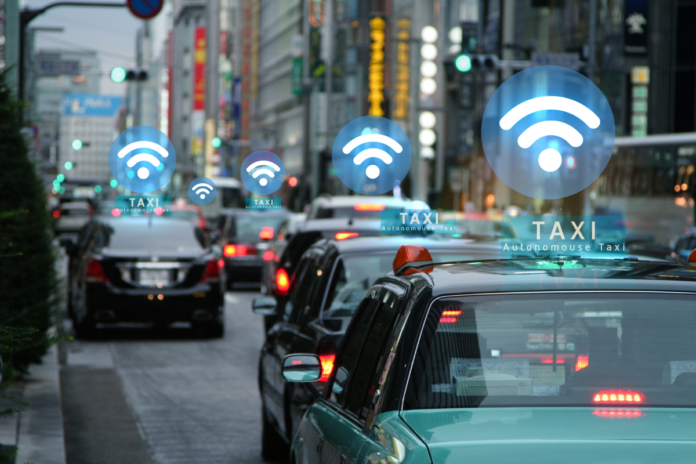By: Nick Gambino
The next time you get into a taxi in Austin, Texas or Phoenix, Arizona you might notice the missing driver up front. Cruise, a subsidiary of General Motors, has launched their robotaxi service in Austin and Phoenix ahead of the new year. This isn’t their maiden voyage, however, as their first test city was San Francisco.
“In both Phoenix and Austin we completed our first paid rides for members of the public,” Kyle Vogt, CEO of Cruise, said in a tweet. “Just like in SF, we’ve started with a small service area and will expand gradually. But since we’ve already done this in SF it will happen much faster in these new cities.”
We promised we’d go driverless in 3 cities by the end of this year, and WE DID IT! @Cruise is now live in SF, Austin, and Phoenix.
Folks, we are entering the golden years of AV expansion.
More about this launch: pic.twitter.com/guocKlWmf4
— Kyle Vogt (@kvogt) December 20, 2022
Now this is only a soft launch. In fact, it’s not really open to the general public just yet. Only friends and families of Cruise employees will be able to hail one of these driverless robotaxis. You can get on a waitlist, but there’s no word on when exactly it’ll launch more generally. A Cruise spokesperson spoke with The Verge and said the general public will gain access to the service once they have enough vehicles on the road to meet the inevitable demand.
It makes sense that they’re taking their time in deploying these autonomous vehicles. We’re not quite ready to share the road with a large fleet of four-wheeled robots. This is evidenced by a new investigation into Cruise robotaxis in San Francisco by the National Highway Traffic Safety Administration (NHTSA).
It seems there have been a few accidents in the launch city due to the robotaxi applying a hard brake causing vehicles behind them to rear-end the self-driving car. While you can argue this happens with human drivers, an investigation should hopefully clarify whether these were necessary hard brakes.
As a Tesla owner with access to full self-driving autopilot, I’m familiar with this hard-braking issue. As a human with eyeballs I can tell when traffic is coming to a slow up ahead because I see a flood of brake lights beyond just the car in front of me. My Tesla Model Y doesn’t seem to pick that up and so begins to apply the brake later than I would. As a result, it has to brake faster and harder to avoid colliding with the vehicle in front of me.
Admittedly, this isn’t a constant issue but it does happen, so I can imagine the Cruise robotaxis are experiencing similar issues. There are only three accidents that have instigated the NHTSA investigation and hopefully it’ll allow tweaking to avoid the issue.










